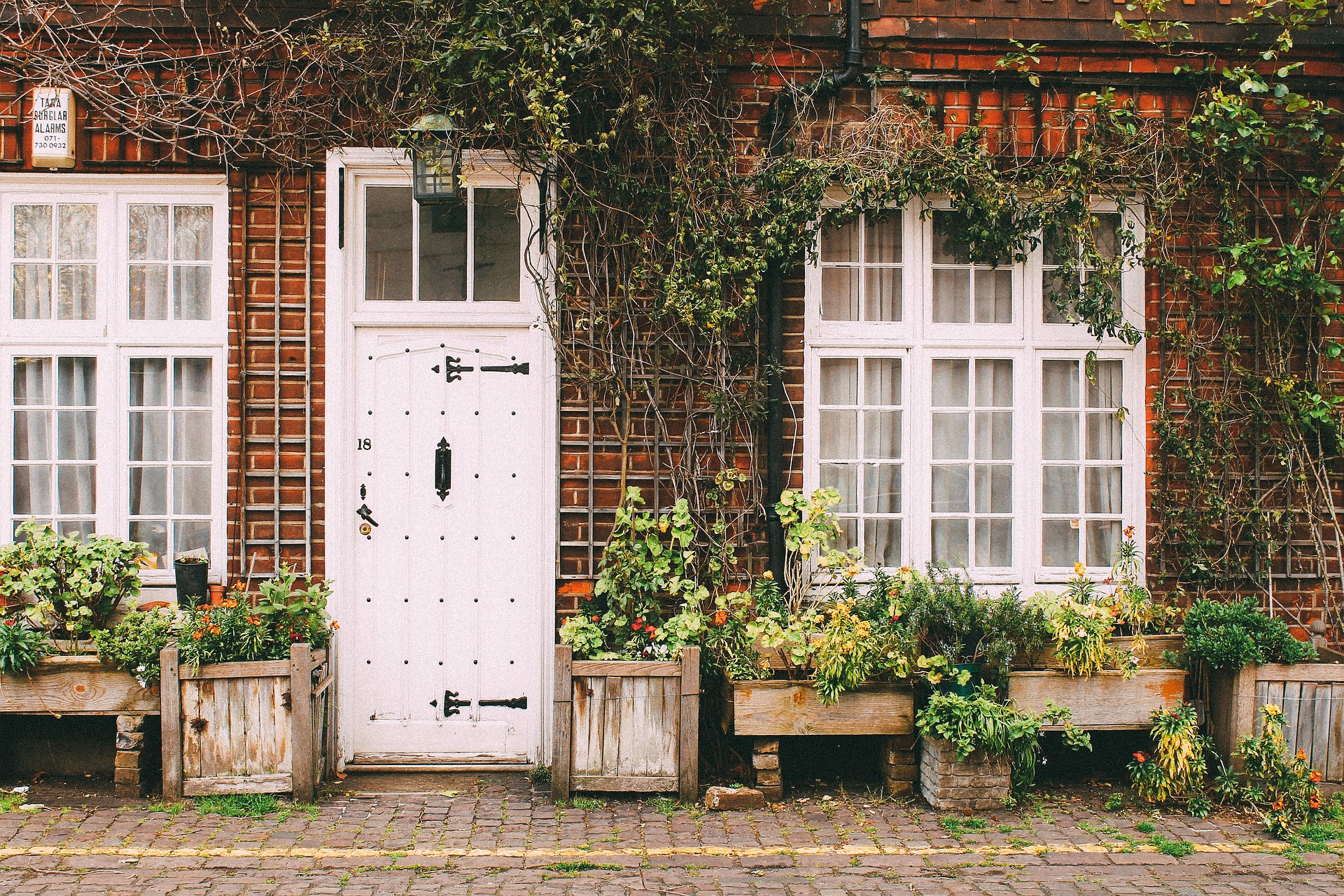Sustainable Home Design in Hampshire: Building Responsibly for a Greener Future
1. Use Local and Recycled Materials
When constructing or renovating your Hampshire property, consider the environmental impact of your material choices. Here’s how to make sustainable decisions:
- Local Sourcing: Opt for materials sourced locally whenever possible. By choosing materials from nearby suppliers, you reduce transportation emissions and support the local economy. In areas like Andover and Bishop’s Waltham, where resources are abundant, this approach makes sense.
- Recycled Materials: Incorporate recycled materials into your design. Reclaimed wood, salvaged bricks, and recycled glass can add character to your home while minimising waste. Look for suppliers specialising in reclaimed materials.
2. Implement Passive Solar Design
Passive solar design harnesses the power of the sun to naturally heat and cool your home. Here’s how to achieve it:
- Window Placement: Position windows strategically to capture sunlight during the day. South-facing windows receive the most sunlight, making them ideal for living areas. In towns like Farnborough and Fareham, where winters can be chilly, maximising solar gain is essential.
- Thermal Mass: Use materials with high thermal mass (such as concrete or stone) to store heat. These materials absorb warmth during the day and release it slowly at night, maintaining a comfortable indoor temperature.
3. Install Renewable Energy Systems
Reducing reliance on non-renewable energy sources is crucial for a sustainable future. Consider these renewable energy options:
- Solar Panels: Hampshire enjoys a fair amount of sunshine. Install solar panels on your roof to generate clean electricity. Towns like Eastleigh and Yateley have embraced solar energy solutions.
- Wind Turbines: If you have sufficient space and live in an area with consistent wind patterns, consider small-scale wind turbines. They can supplement your energy needs.
4. Water Conservation Strategies
Water scarcity is a growing concern, even in regions like Hampshire. Implement these water-saving practices:
- Rainwater Harvesting: Collect rainwater from your roof using gutters and storage tanks. Use this water for gardening, flushing toilets, or washing your car. Bordon and Waterlooville residents can benefit from rainwater harvesting systems.
- Low-Flow Fixtures: Install low-flow faucets, showerheads, and toilets. These fixtures reduce water consumption without compromising functionality.
5. Green Roofing
Green roofs offer multiple benefits, both ecological and aesthetic. Here’s why they’re a smart choice:
- Insulation: Green roofs provide natural insulation, keeping your home cooler in summer and warmer in winter. They also absorb sound, creating a peaceful indoor environment.
- Rainwater Management: The vegetation on green roofs absorbs rainwater, reducing runoff and preventing soil erosion. This is especially valuable in urban areas like Aldershot and Basingstoke.
- Biodiversity: Green roofs support plant life, insects, and even small animals. They contribute to local biodiversity and enhance the visual appeal of your property.
Remember, sustainable home design isn’t just about individual choices; it’s about contributing to a healthier planet. By implementing these strategies, you’ll create a home that’s both comfortable and eco-friendly.

